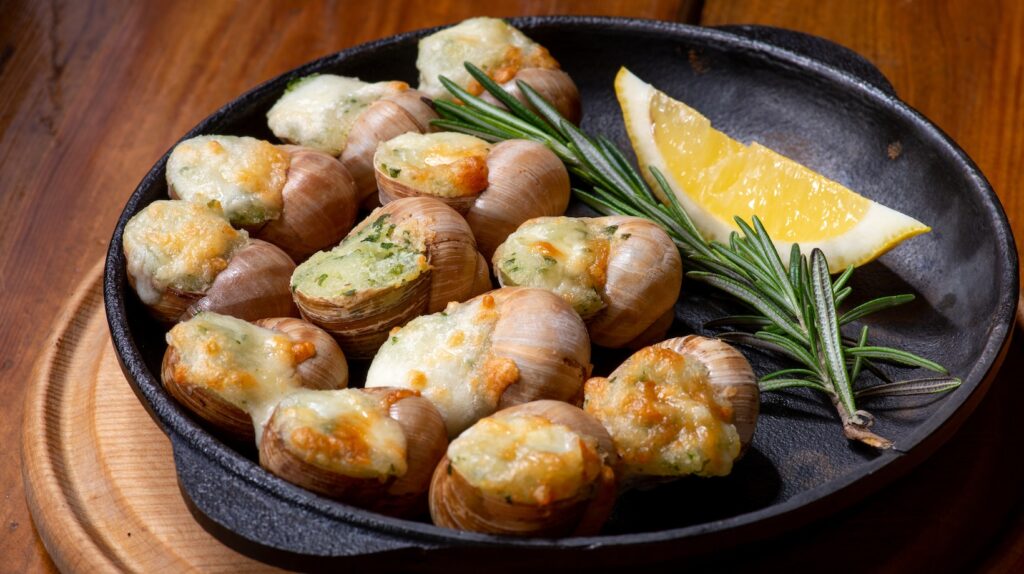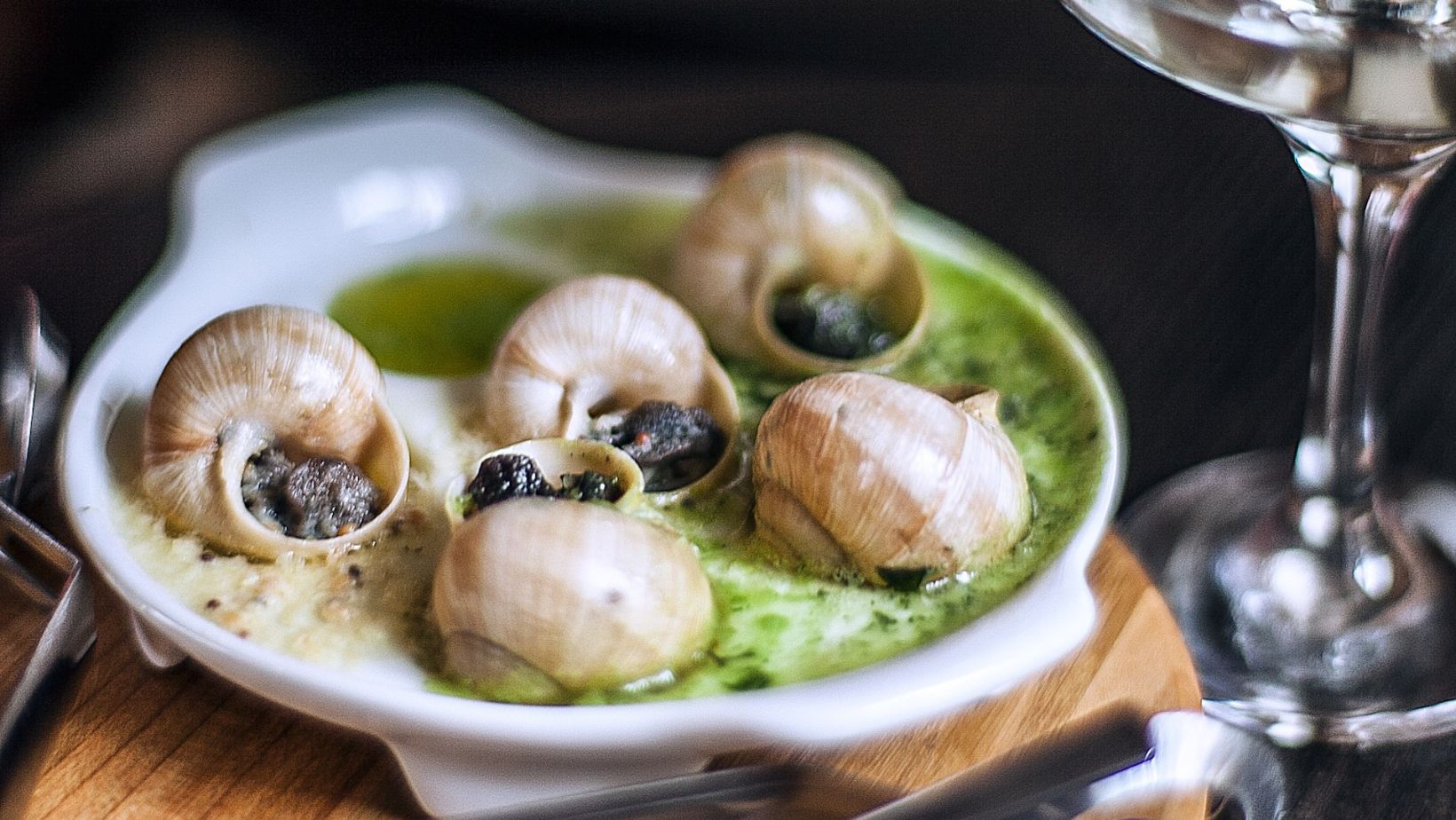
When my husband surprised me with a bag of snails to cook, I was taken aback. I had never prepared snails before, and the thought of turning them into a delicious meal seemed daunting. However, I decided to embrace the challenge and discover what happens when you cook snails.
To start, I researched various recipes and techniques for cooking snails. From traditional French escargot preparations to Asian-inspired stir-fries, there were countless possibilities. Armed with knowledge and determination, I rolled up my sleeves and got ready to dive into this intriguing culinary adventure.
As I began cooking the snails, their unique texture and flavor started to unfold. The slow simmering process allowed them to absorb the flavors of herbs, garlic, butter, or whatever ingredients accompanied them in the pot. The result was a dish that showcased a delicate balance between earthiness and richness—a true delicacy that surprised even my taste buds.
Choosing the Right Snail Species for Cooking
When it comes to cooking snails, selecting the right species is crucial. Not all snails are suitable for culinary purposes, so it’s important to choose ones that are commonly consumed. The most popular edible snail species include Helix pomatia (also known as Burgundy or Roman snails), Helix aspersa (common garden snails), and Achatina fulica (giant African land snails). Each species has its own unique flavor profile and texture, allowing for a variety of delicious dishes.
Before purchasing any snails, ensure that they come from reputable sources. Look for suppliers who guarantee their products are safe for consumption and have been properly cleaned and prepared. This will help you avoid any potential health risks associated with eating wild-caught or unregulated snails.
Preparing and Cleaning the Snail
Once you have acquired your chosen snail species, proper preparation is key before incorporating them into your recipes. Start by purging the snails to remove any impurities or toxins they may have ingested. To do this, place them in a container with clean water for a few days, changing the water regularly.
After purging, thoroughly clean the shells by scrubbing them with a brush under running water. It’s essential to remove any dirt or debris that could compromise the taste and quality of your dish.
Next, blanch the snails in boiling water or stock briefly to loosen their flesh from the shell. This step makes it easier to extract them later when you’re ready to cook. Once blanched, carefully remove each mollusk from its shell using tweezers or a small fork.

Delicious Snail Recipes to Try
With your freshly cleaned and prepared snails ready to go, it’s time to explore some mouthwatering recipes that highlight their unique flavors. Here are a few ideas to get you started:
- Garlic Butter Escargot: A classic French delicacy, this dish involves sautéing snails in a rich garlic butter sauce. Serve them with crusty bread for dipping and experience the indulgent combination of flavors.
- Snail Pasta: Elevate your pasta game by adding tender snail meat to your favorite pasta recipe. Whether it’s a creamy Alfredo or a tangy tomato-based sauce, the addition of snails creates an intriguing twist on traditional pasta dishes.
- Snail Stew: Incorporate snails into hearty stews for a comforting and satisfying meal option. Combine them with vegetables, herbs, and spices to create a flavorful one-pot wonder that will leave you craving more.
What Happens When Your Husband Buys You Snail to Cook?
Now that we’ve introduced you to the idea behind incorporating snails into your culinary repertoire let’s dive into various techniques for preparing these gastropods.
- Classic Escargot: One popular method is preparing traditional escargot—a dish where cooked land or sea snails are typically served with garlic butter, parsley, and sometimes a splash of white wine. This timeless French delicacy is often enjoyed as an appetizer.
- Snails in Pasta: Another option is incorporating snails into pasta dishes like linguine or spaghetti. The rich flavors of the snails can complement the pasta’s sauce, creating a unique and satisfying meal.
- Stuffed Snails: For a more adventurous culinary experience, try stuffing cooked snail shells with flavorful fillings such as herbs, breadcrumbs, and cheese before baking them to perfection.
- Snail Soups: Snails can also be incorporated into hearty soups or stews for added depth and complexity of flavors. Consider adding them to a comforting minestrone or bouillabaisse for an intriguing twist.
By exploring these different culinary techniques, you can unlock the potential of snails in your kitchen and surprise yourself with the delightful flavors they bring to your meals.
Remember, cooking with snails can be an adventurous culinary journey that introduces new tastes and textures to your kitchen repertoire. So embrace the unexpected gift of having snails in your kitchen and let your creativity soar as you explore the world of snail cuisine.










